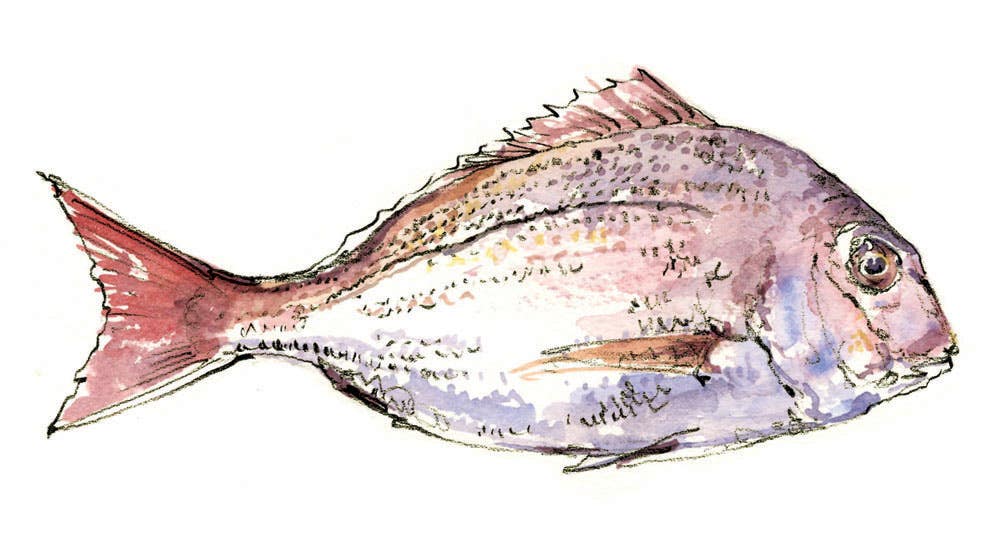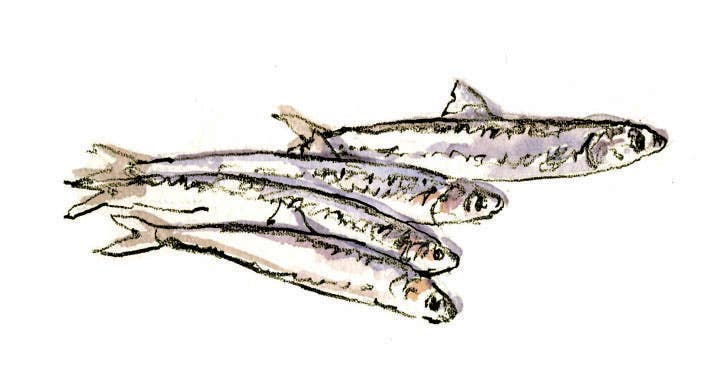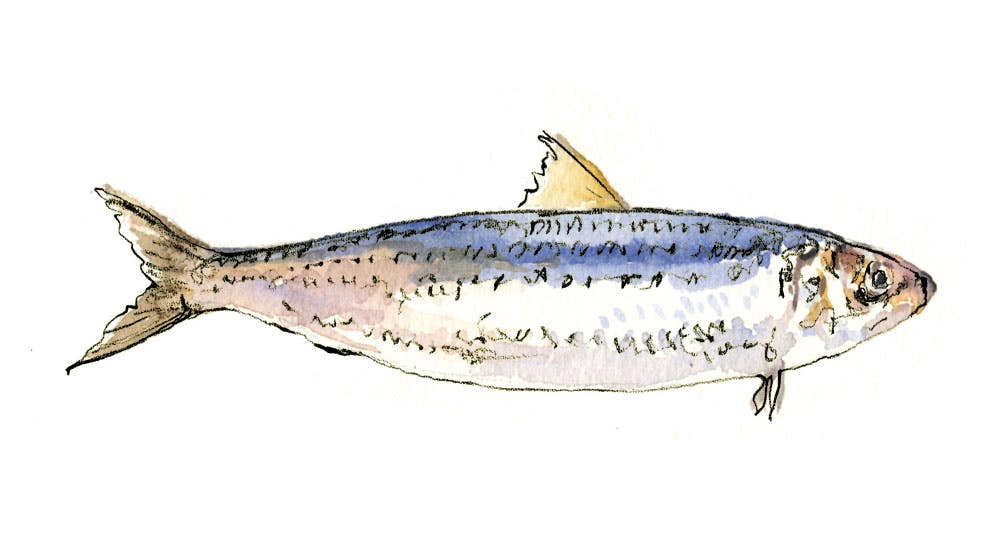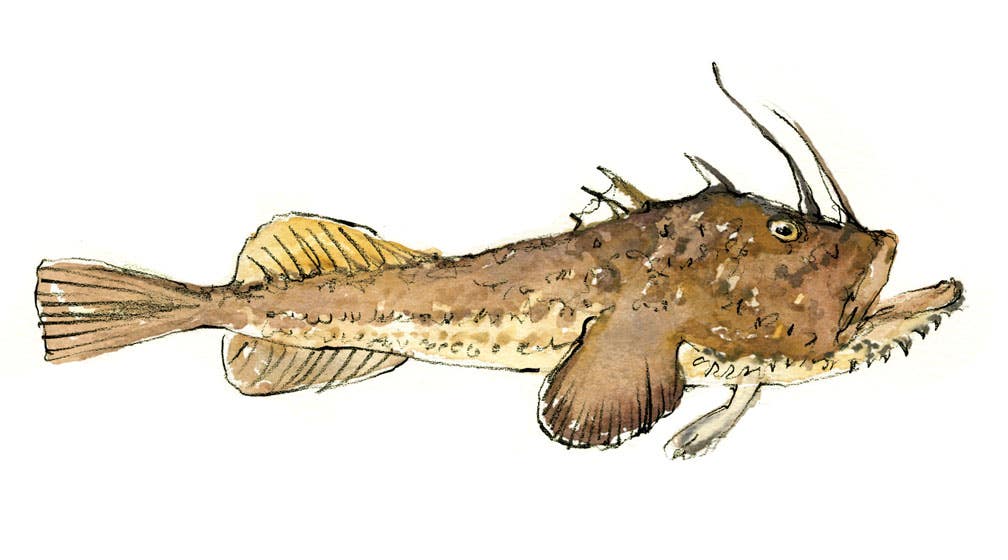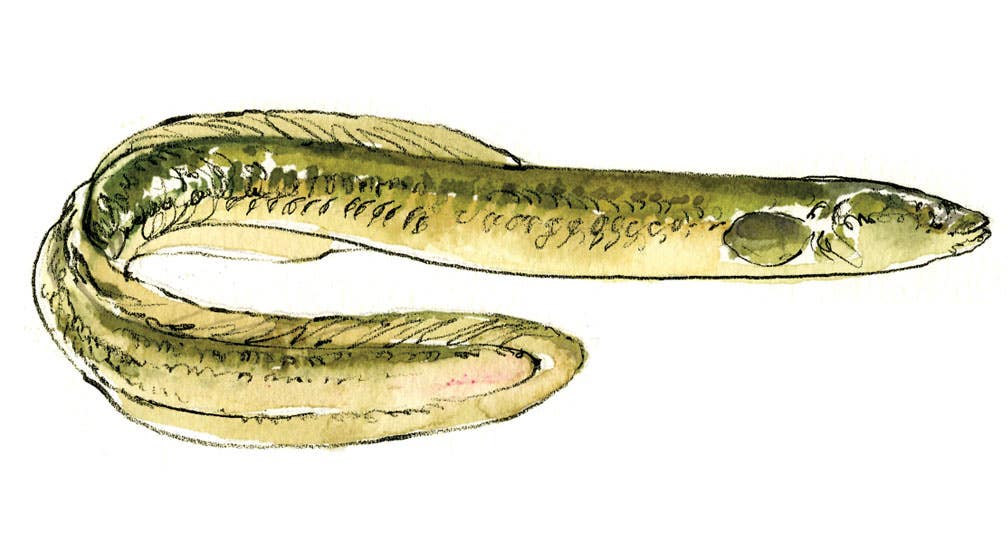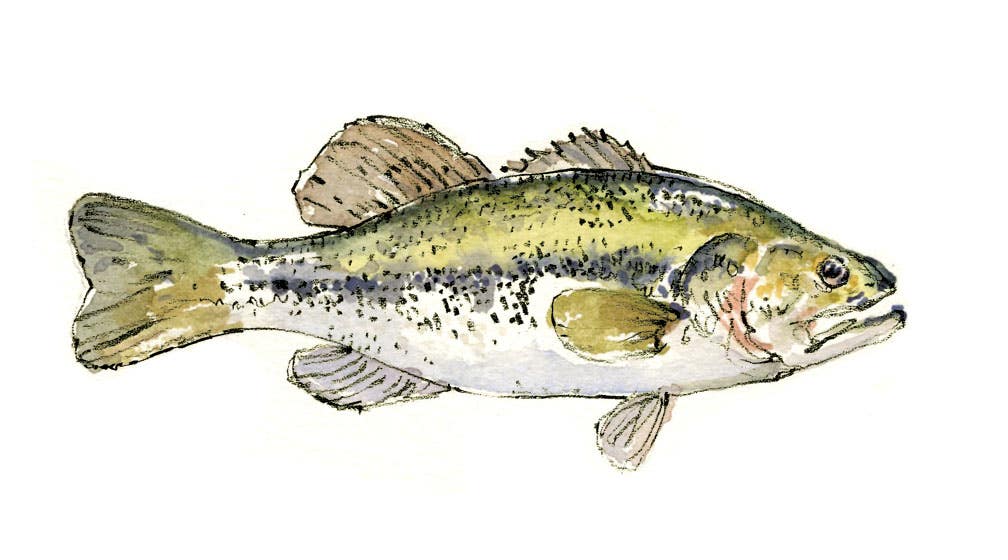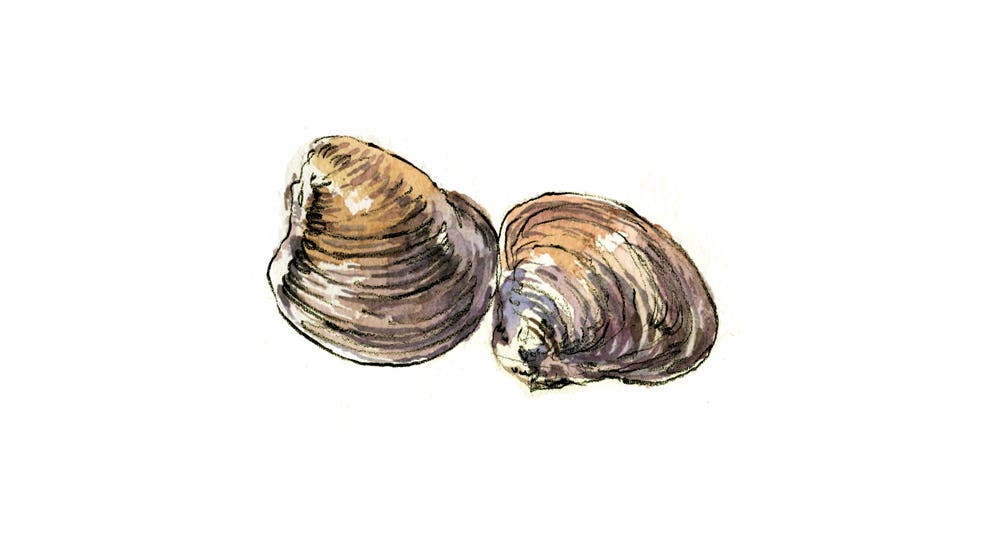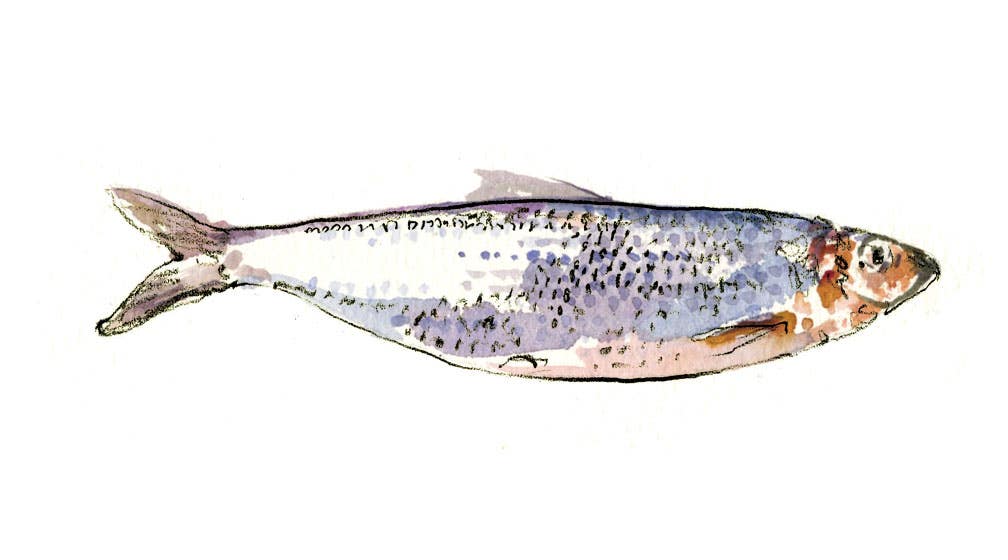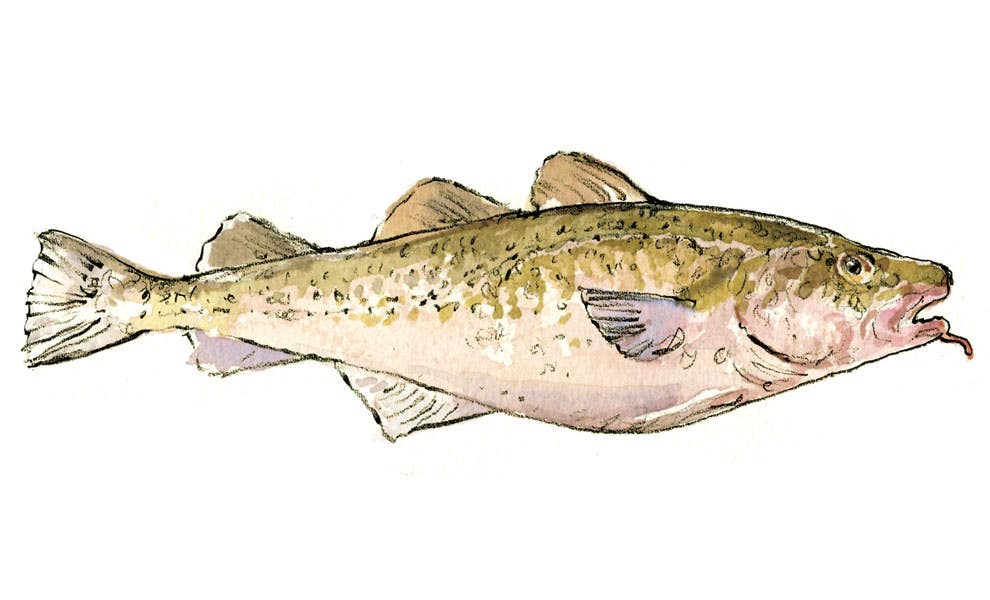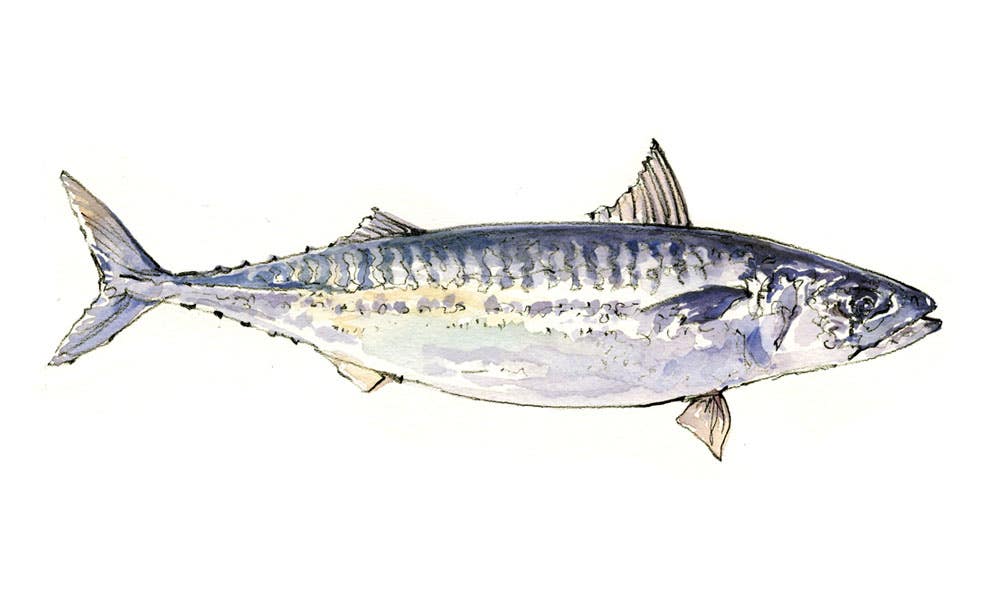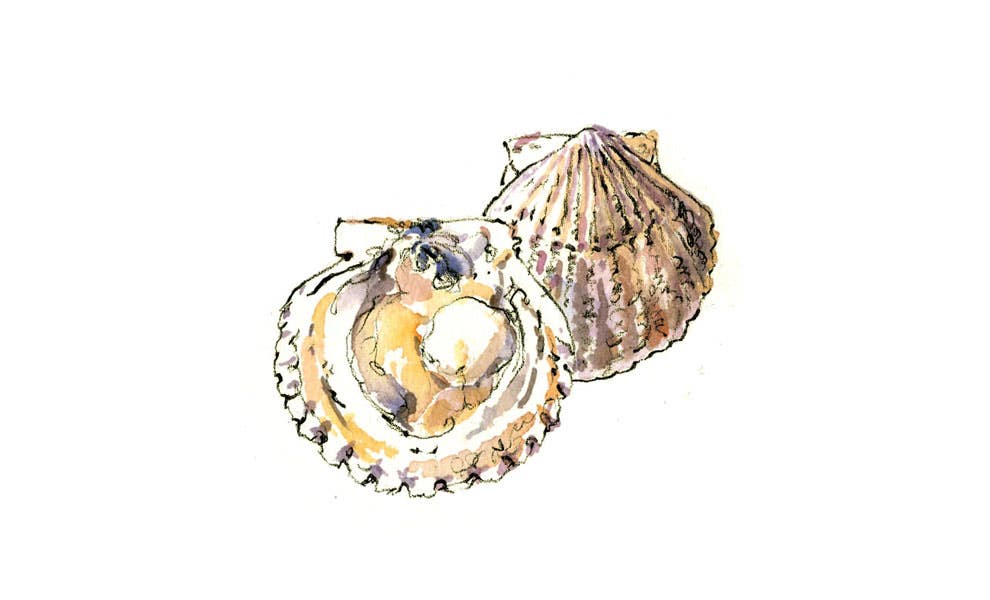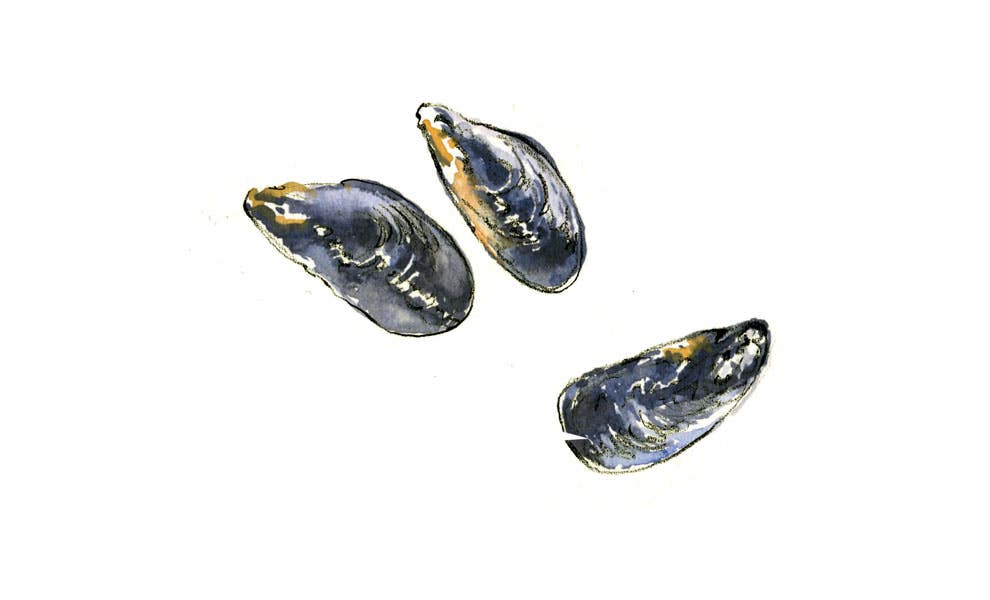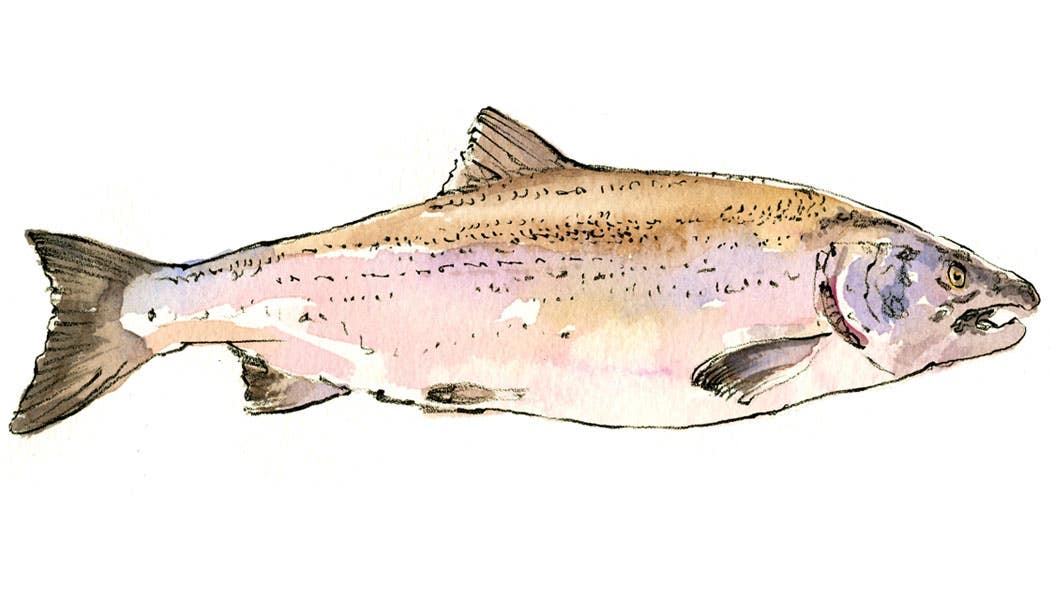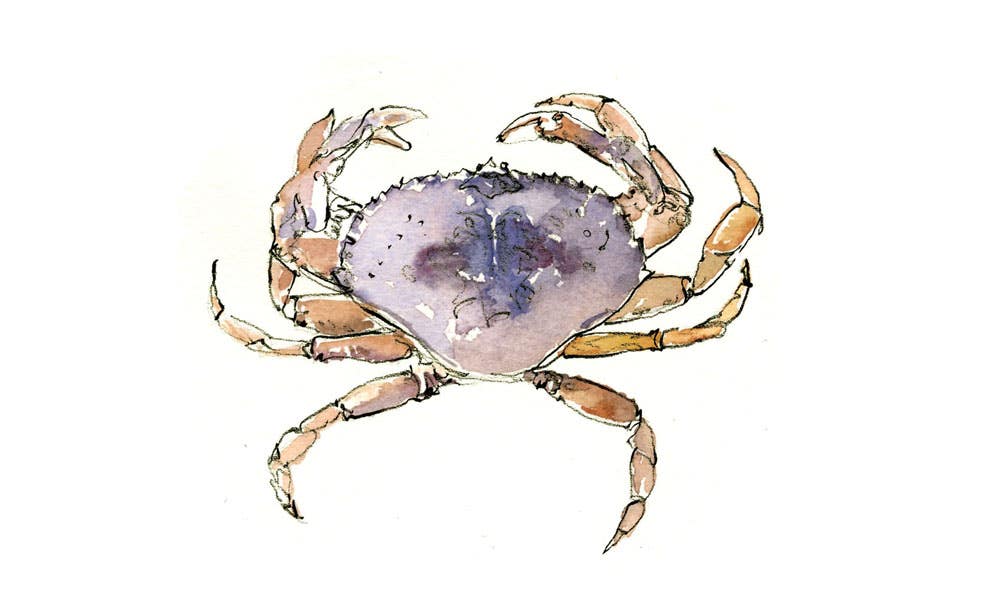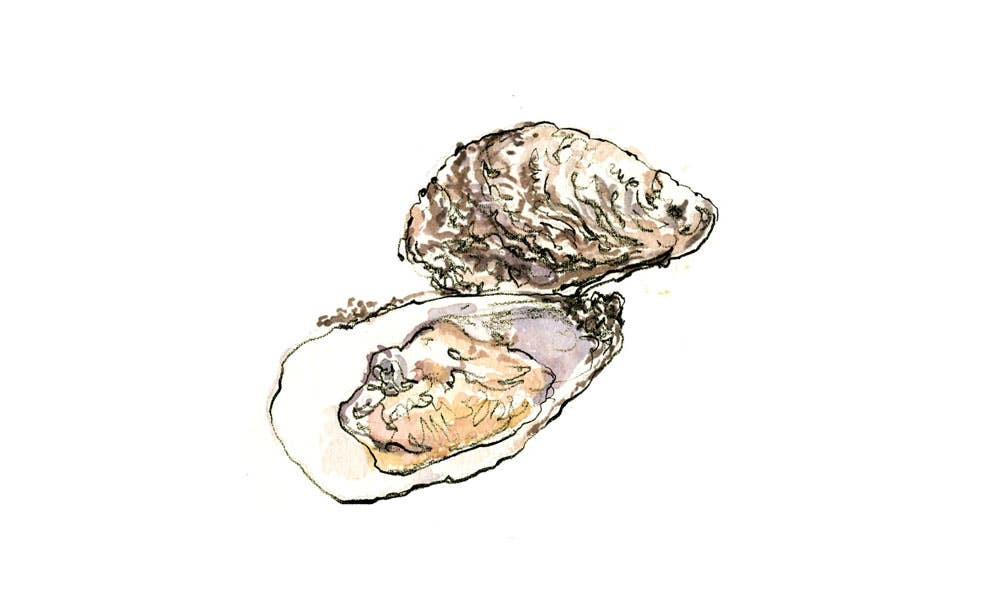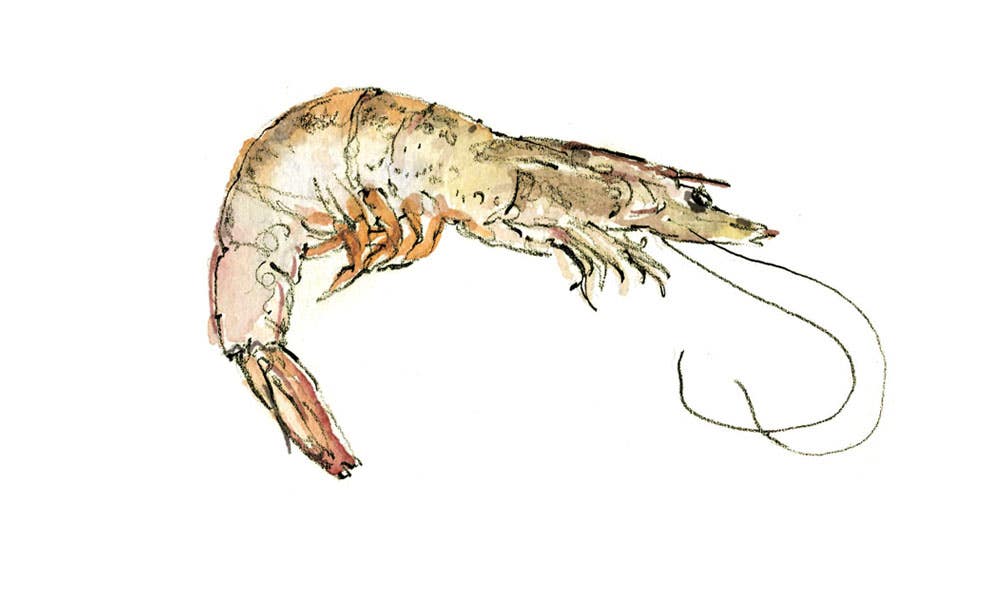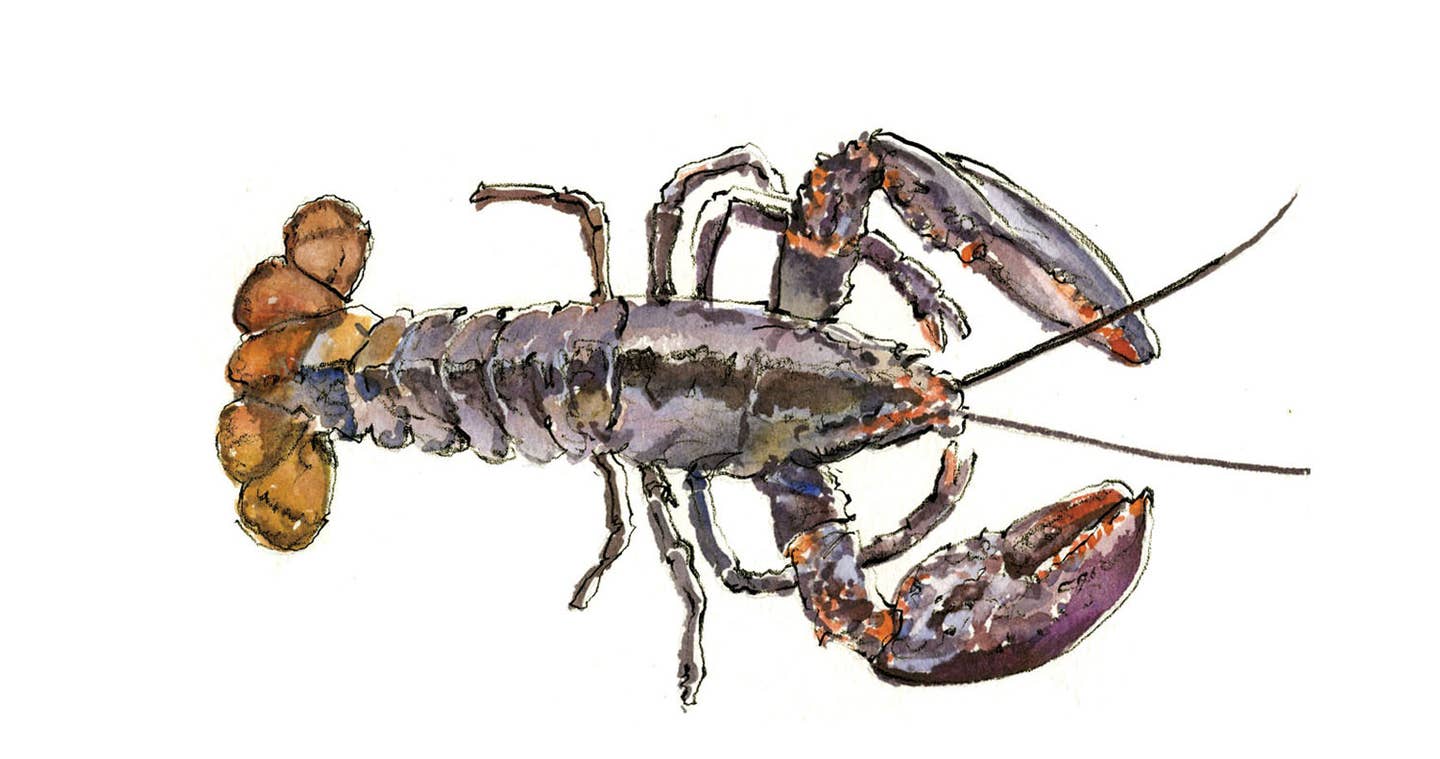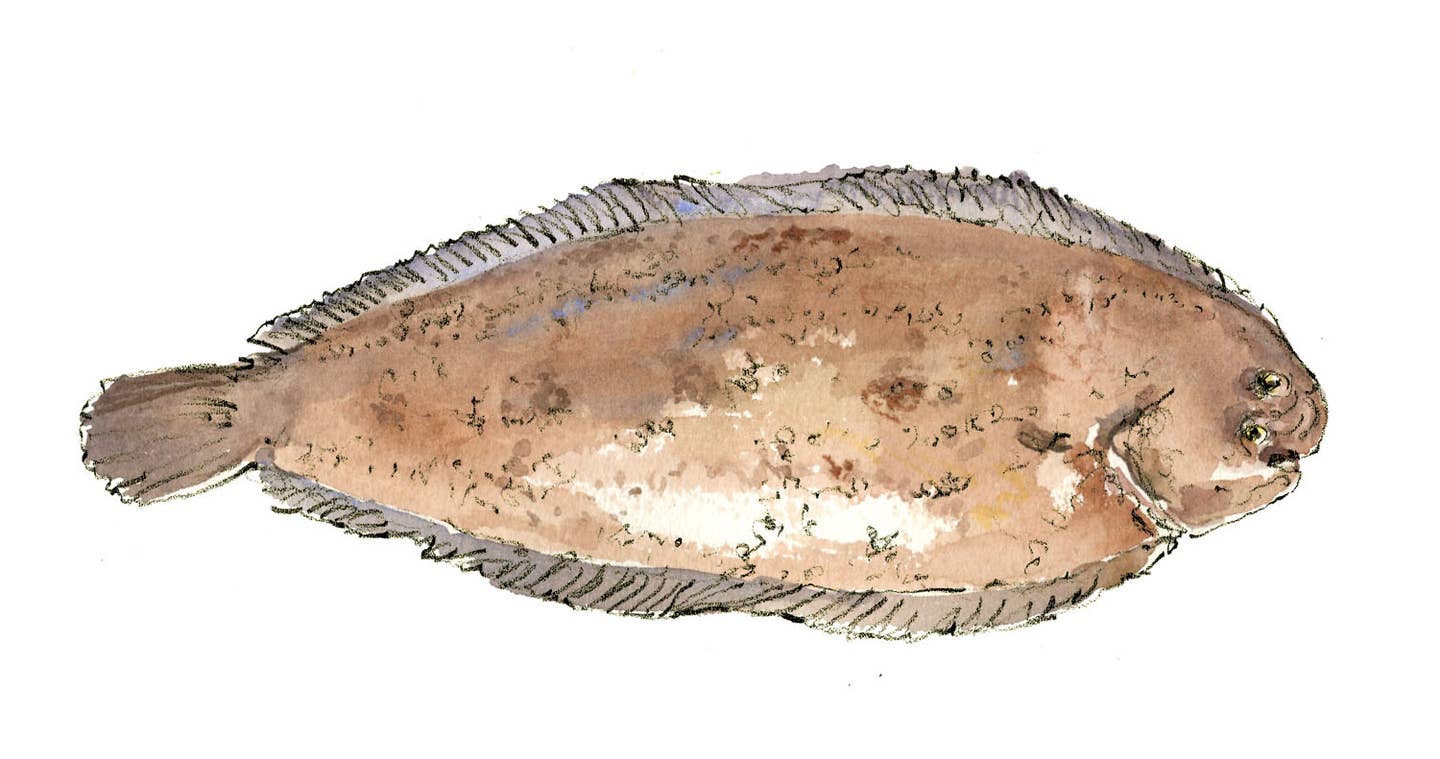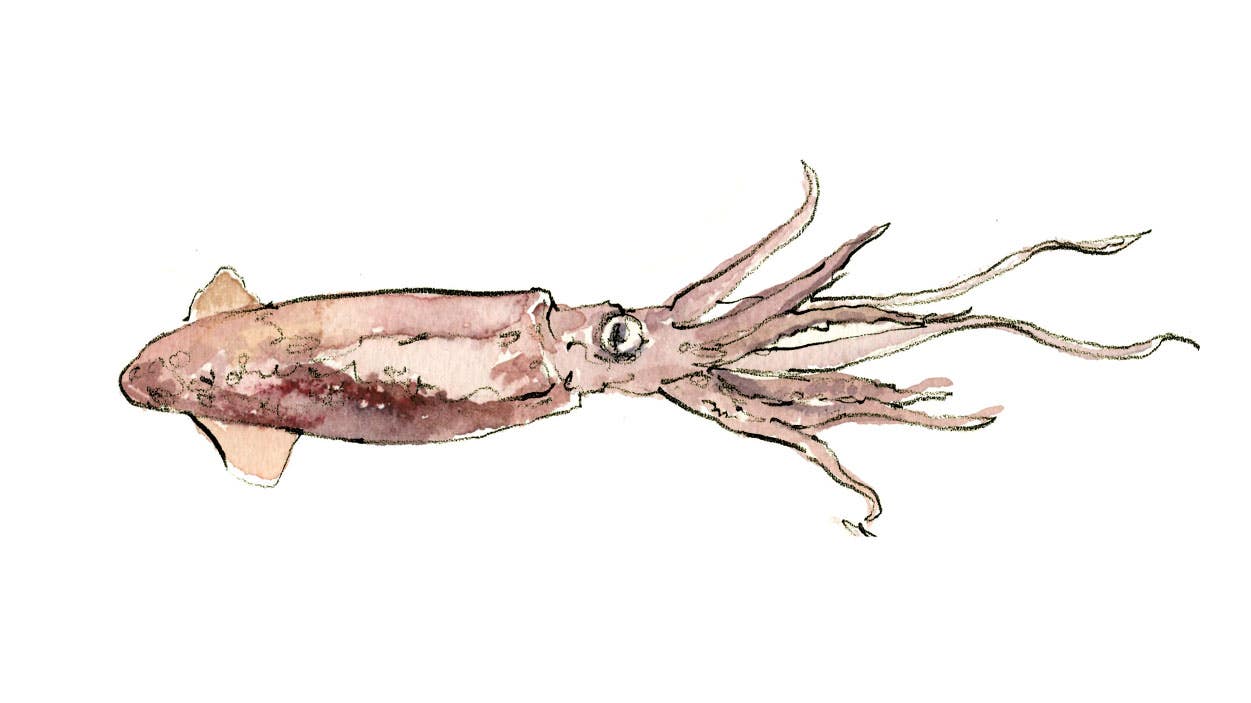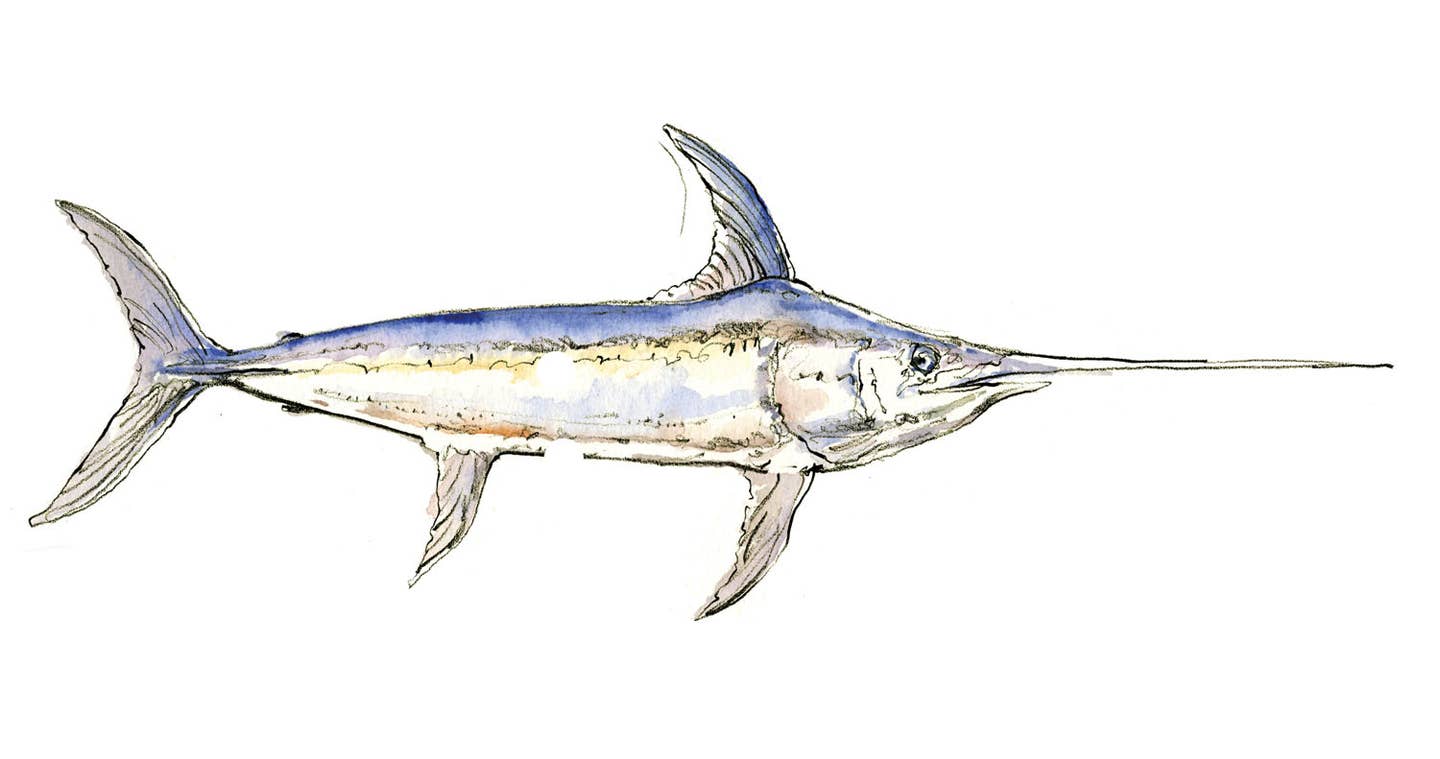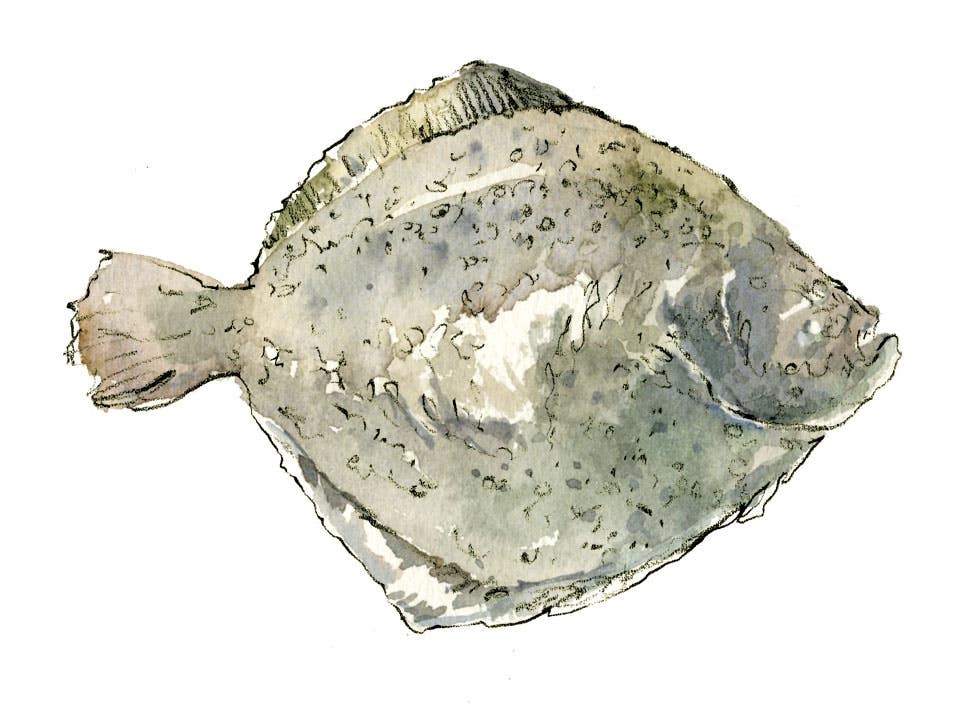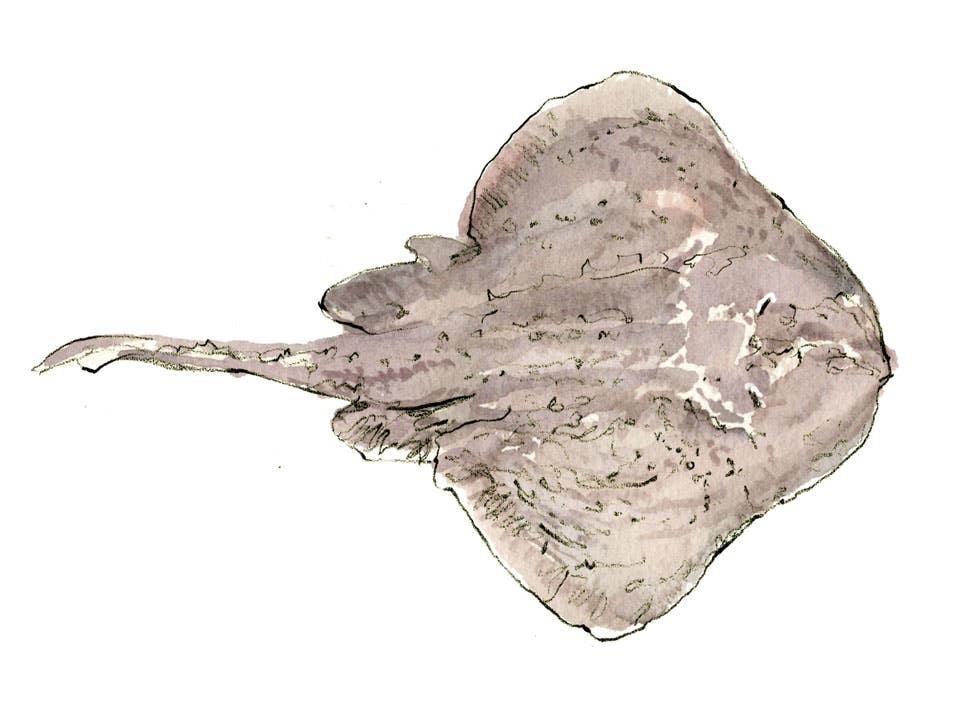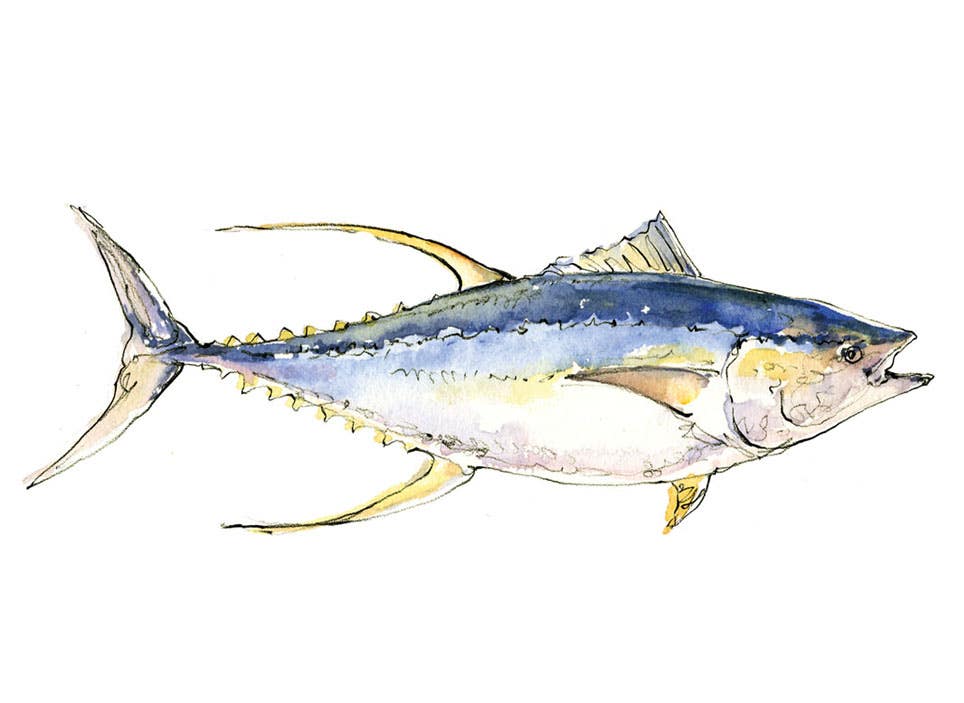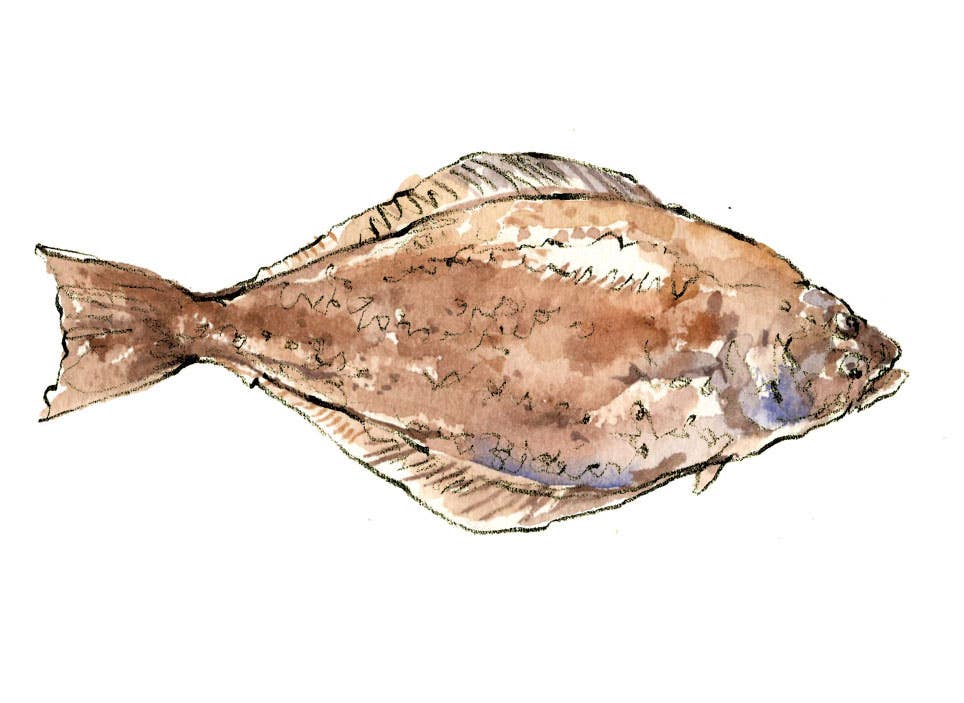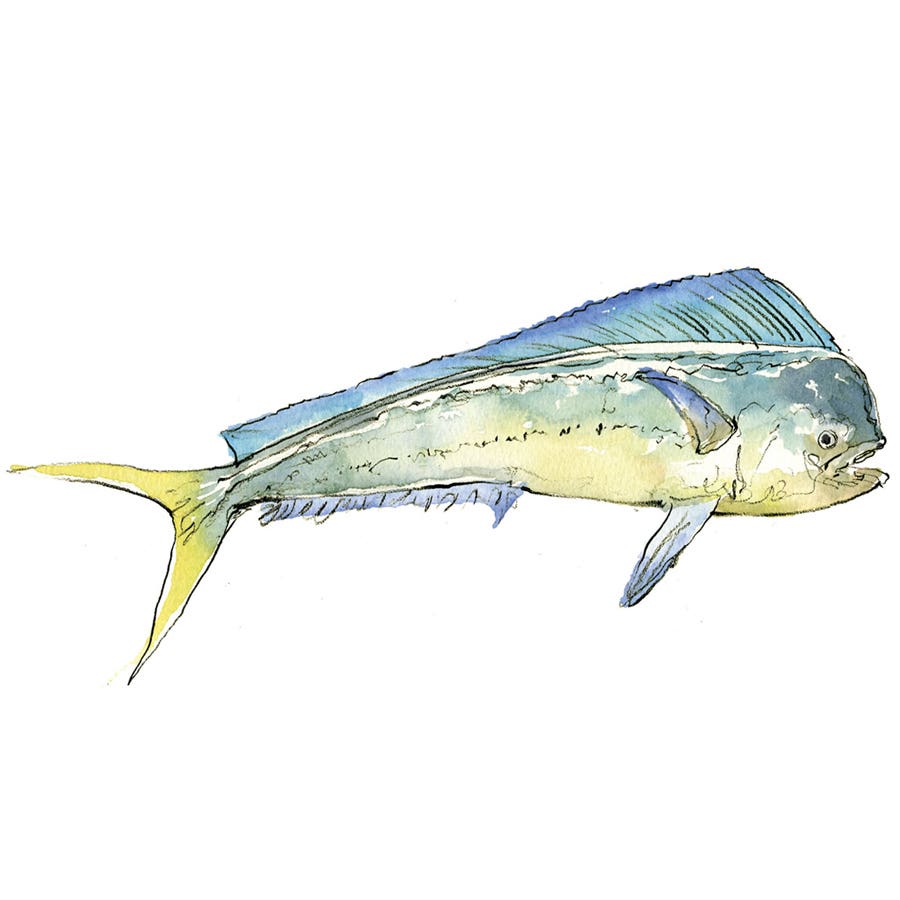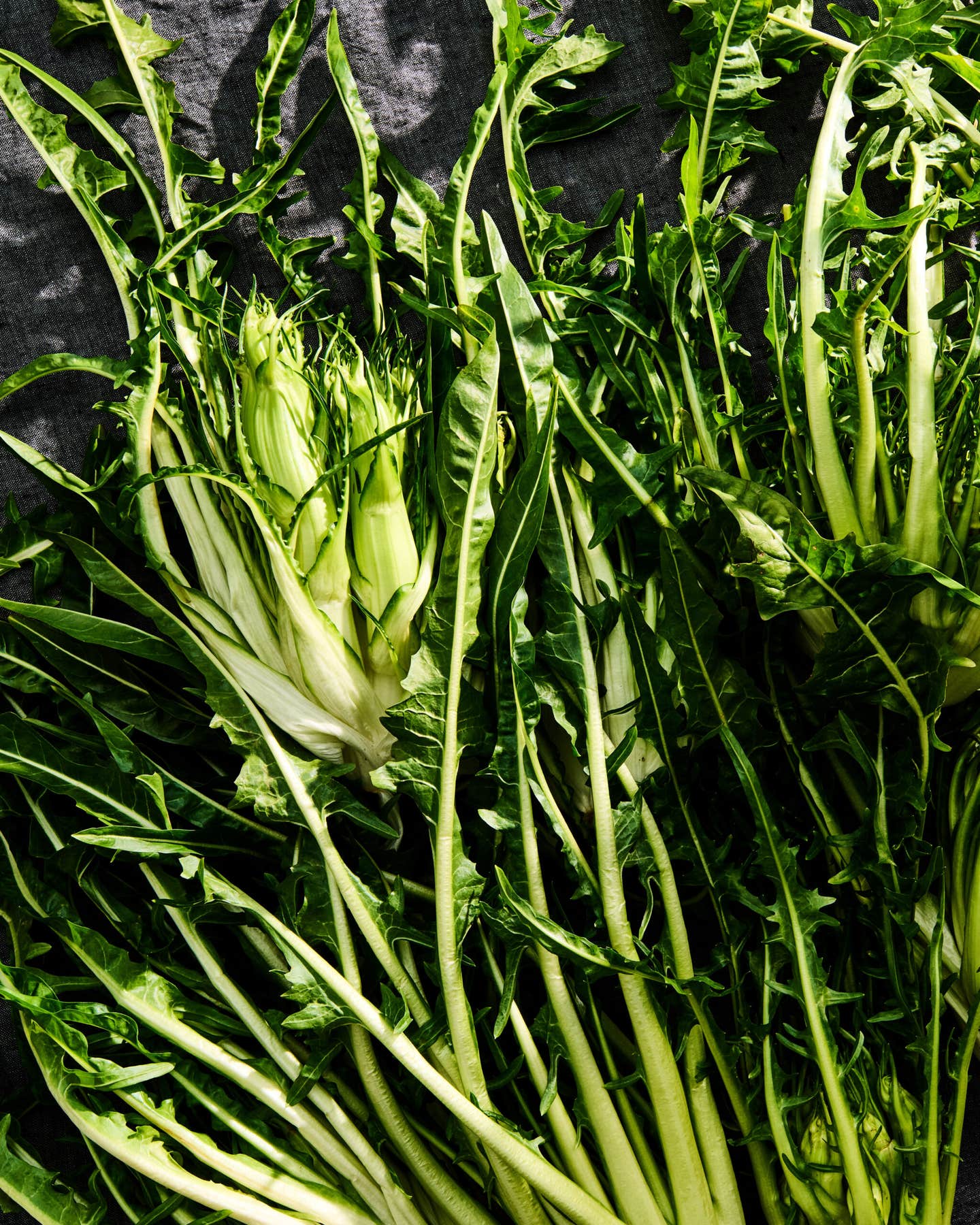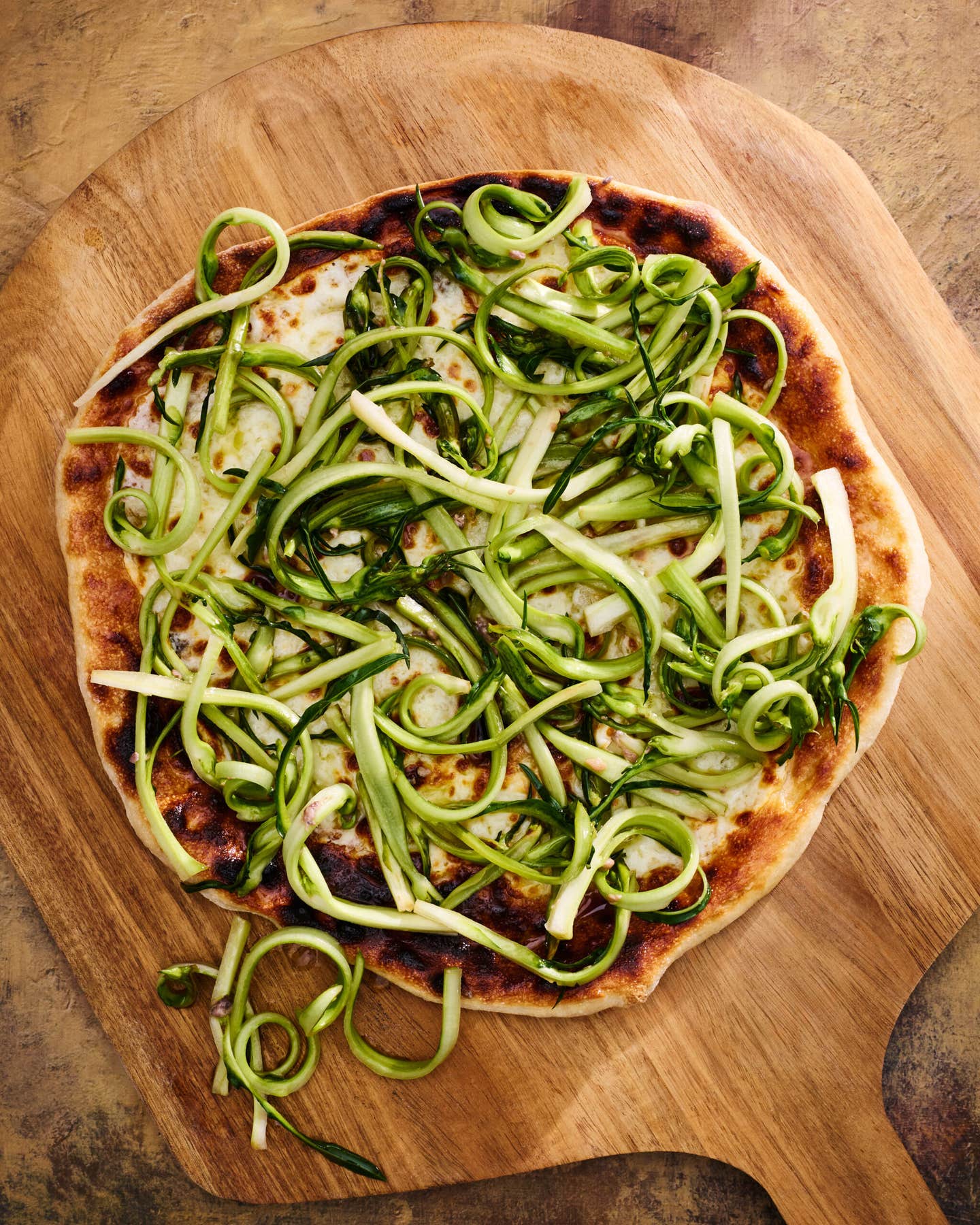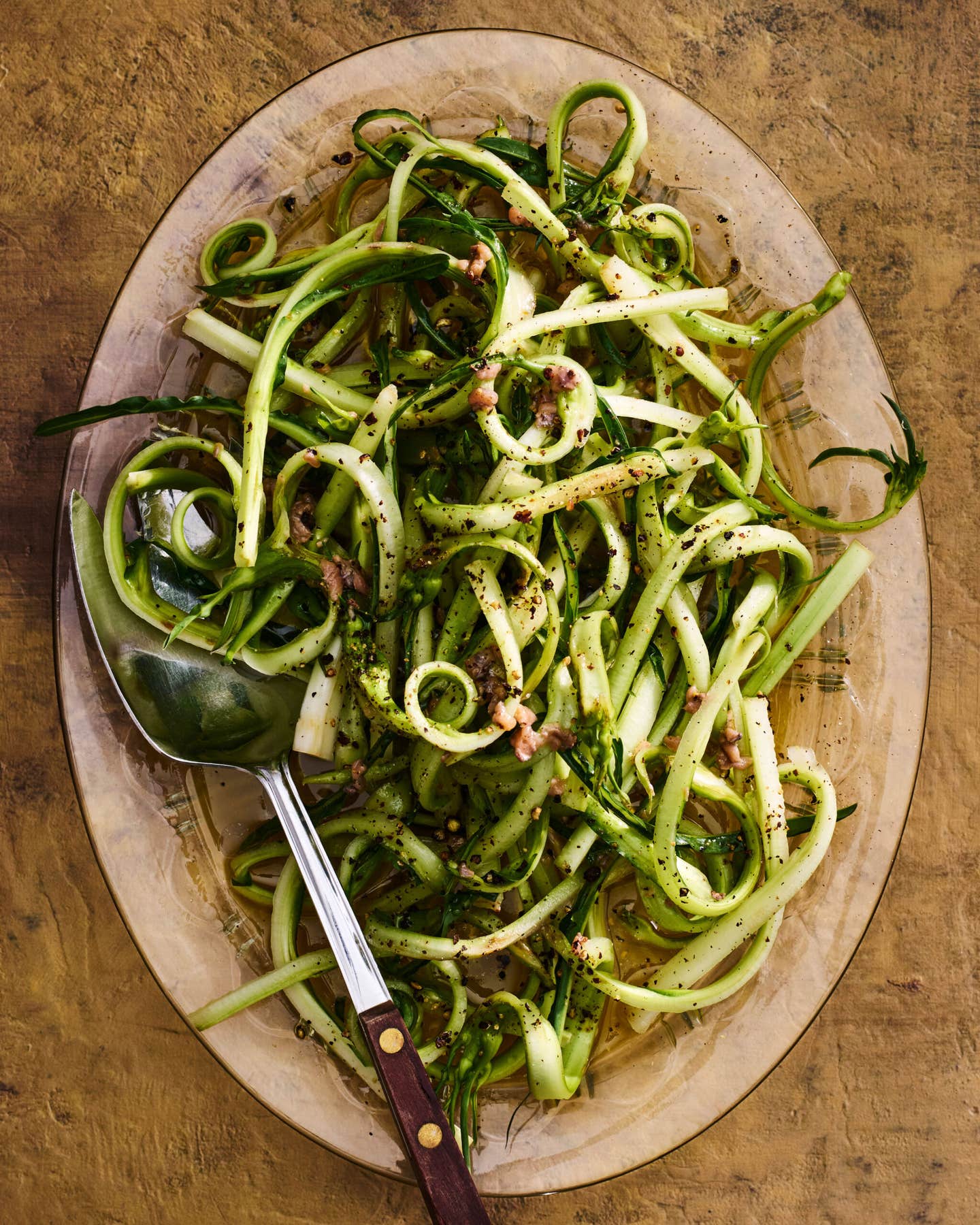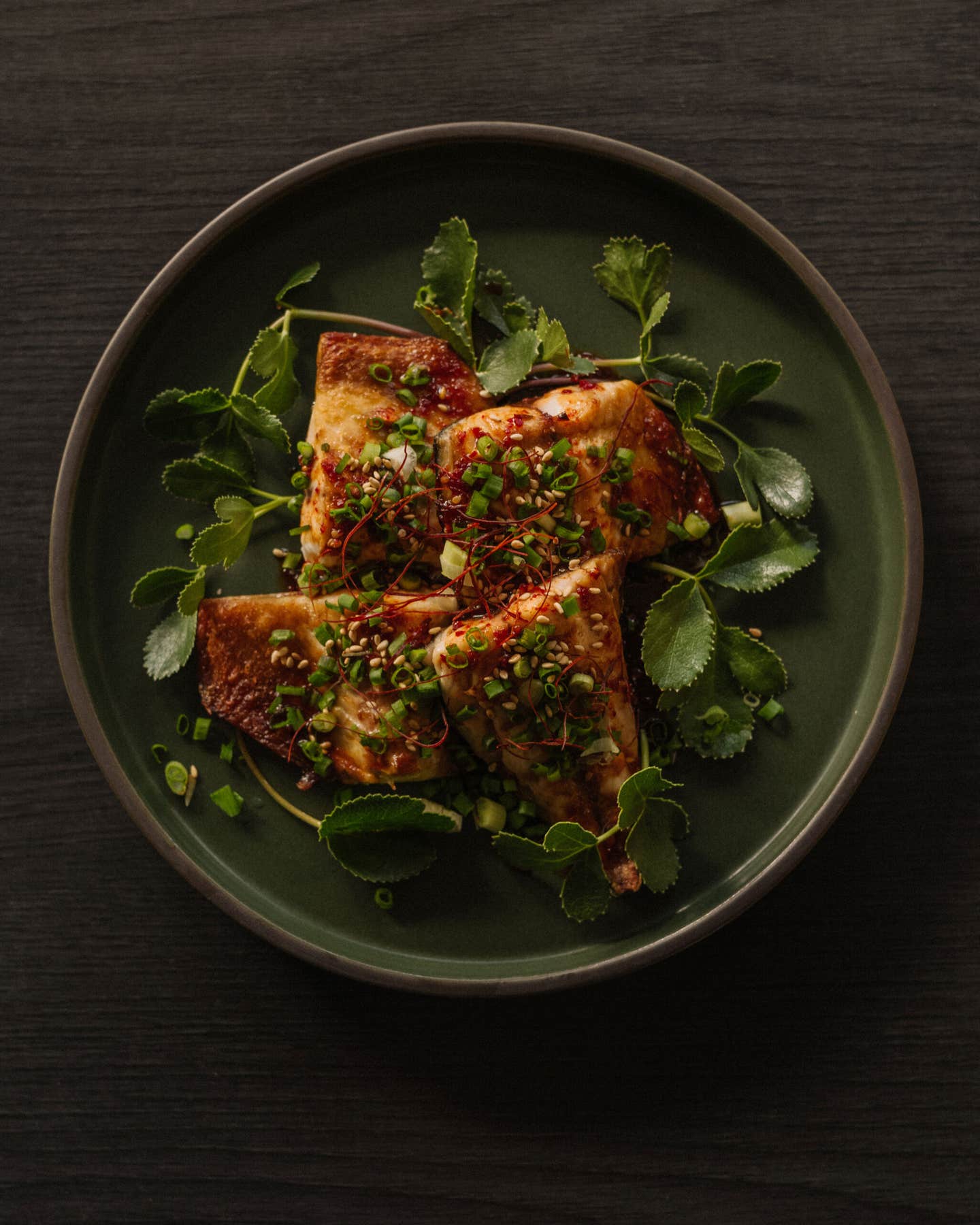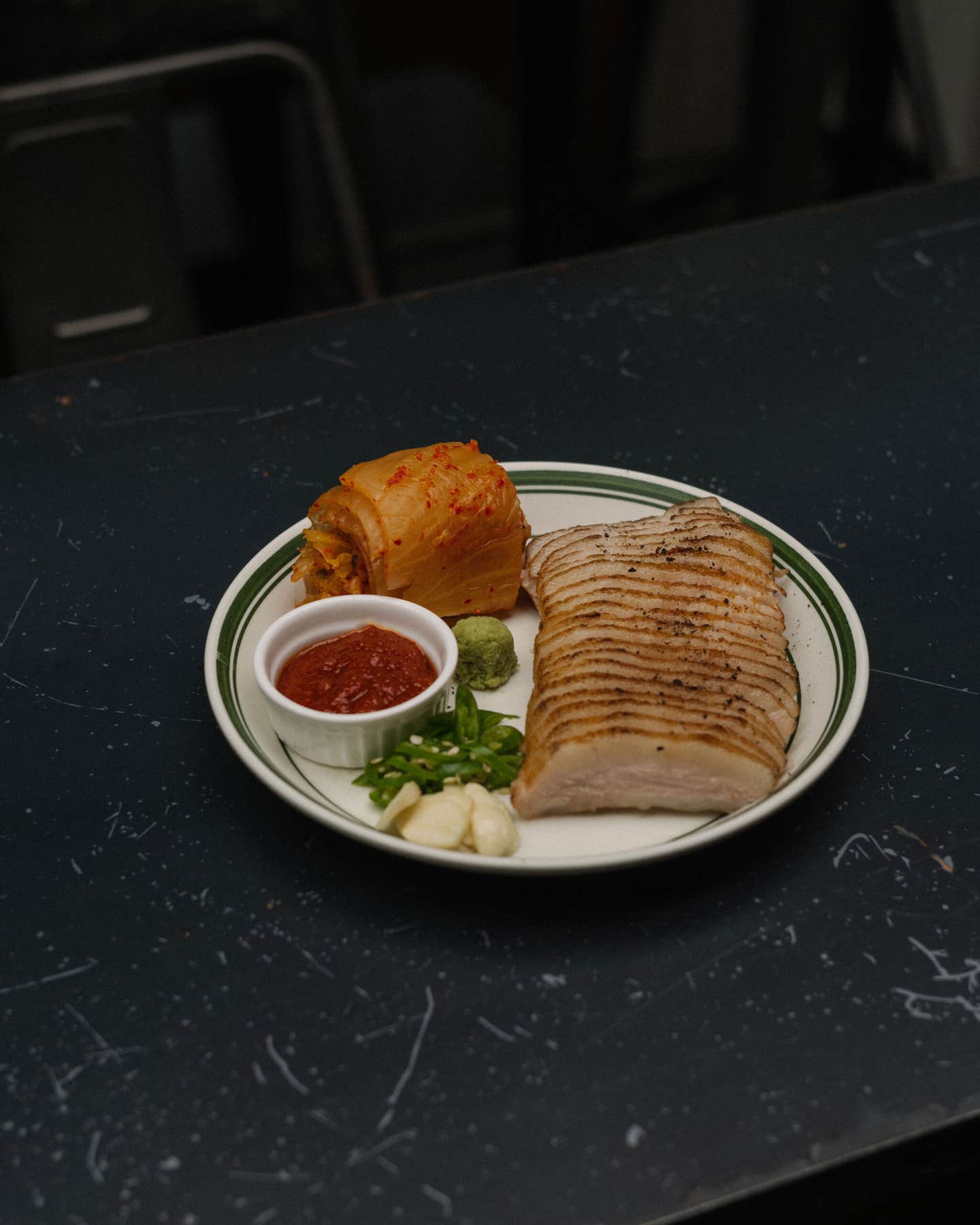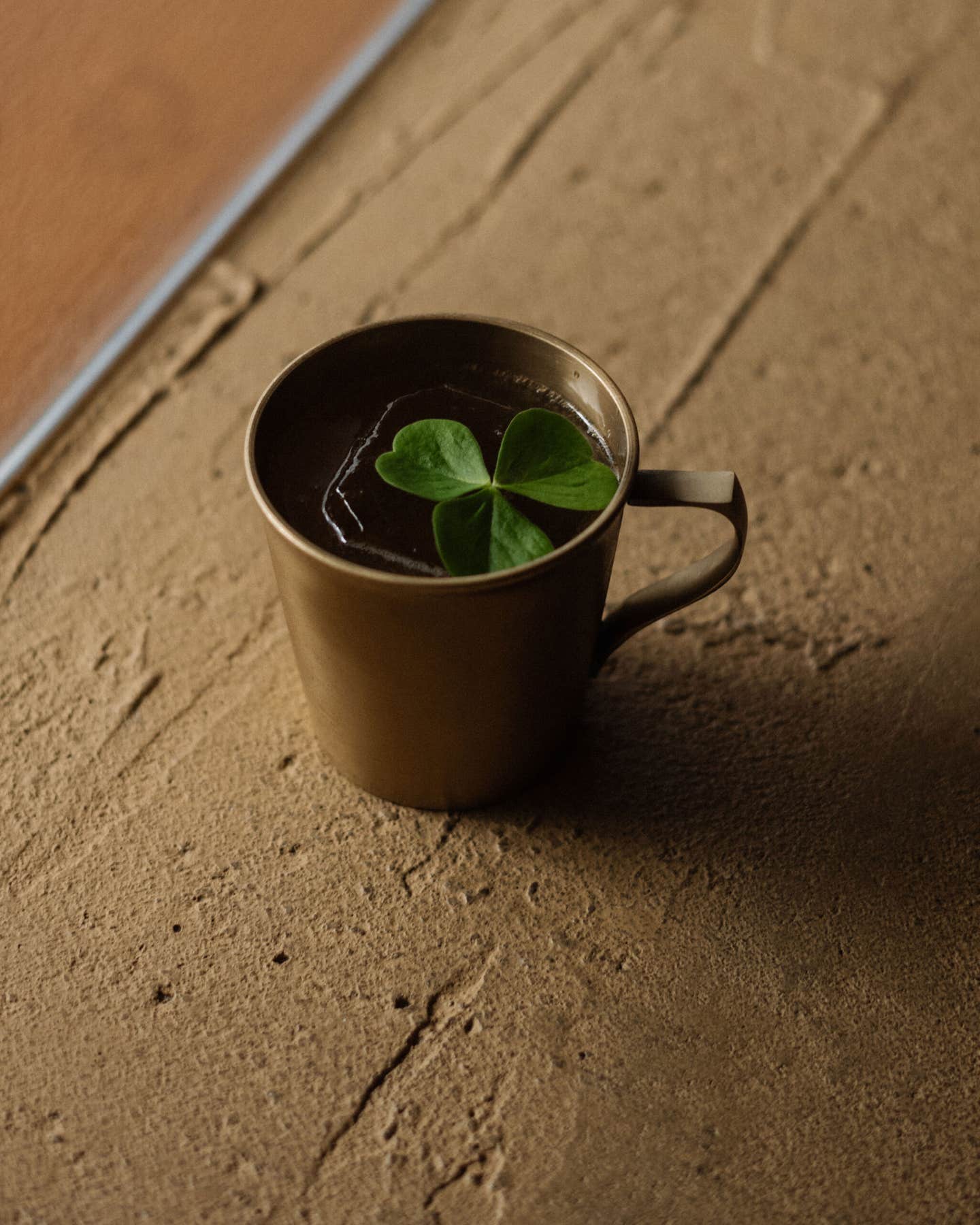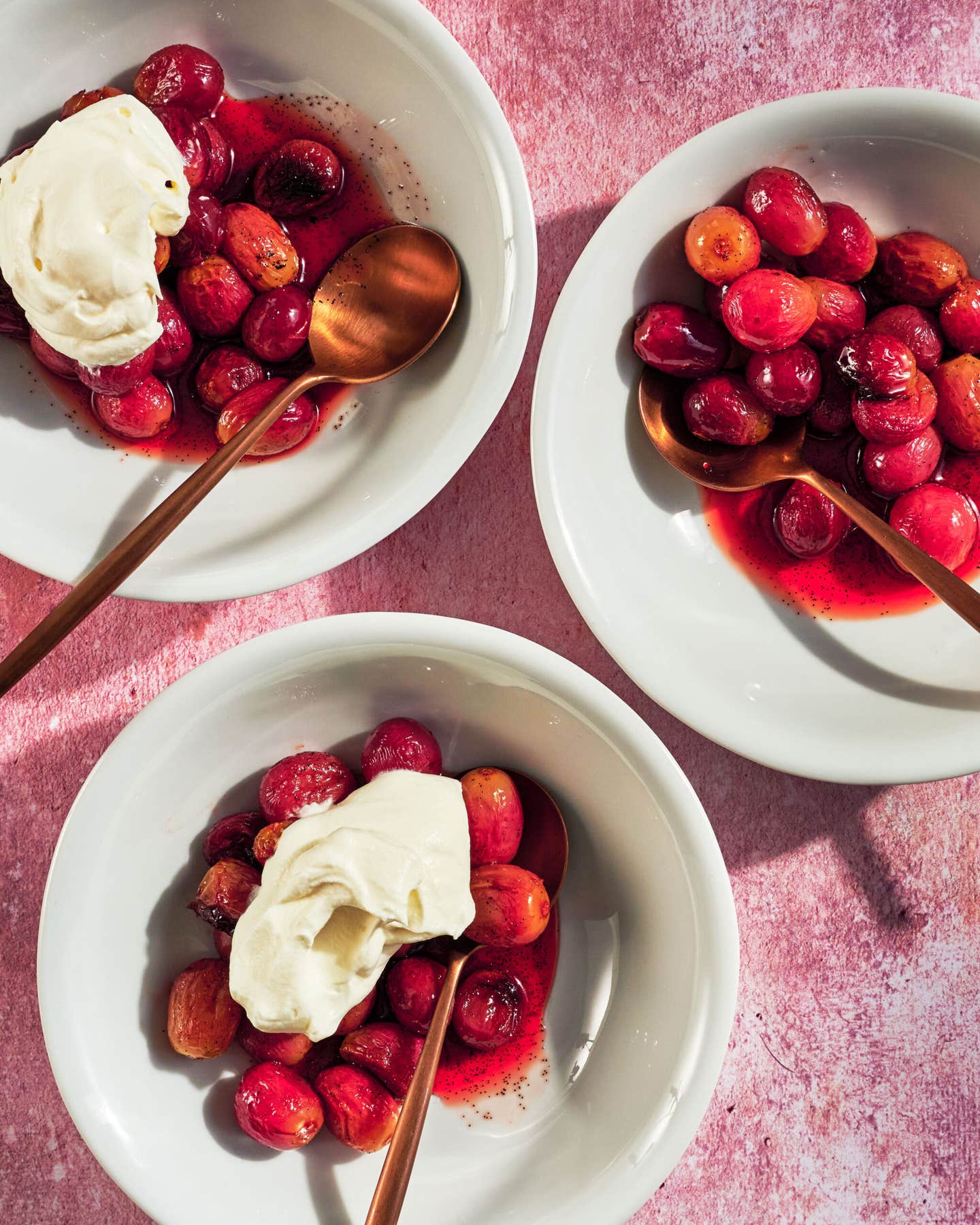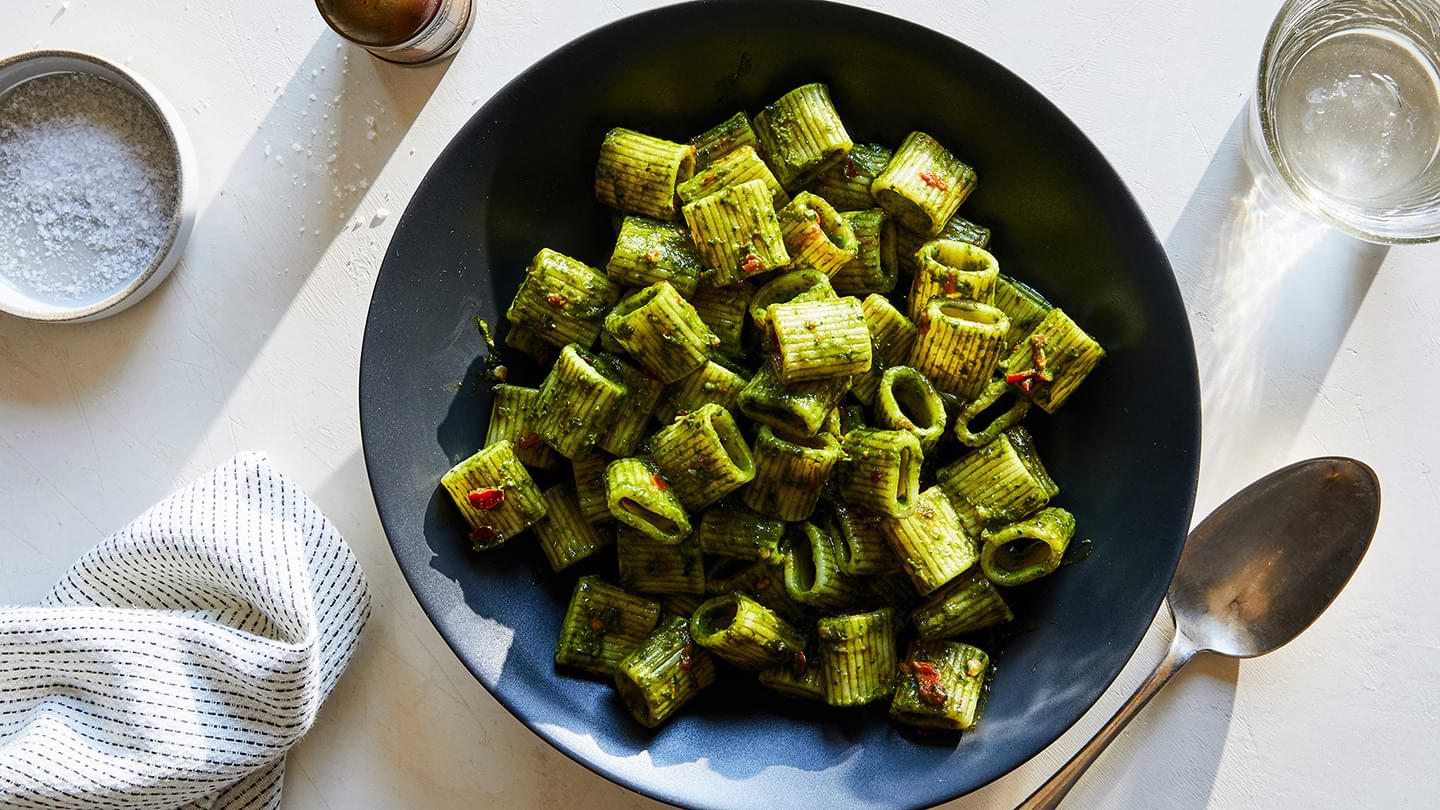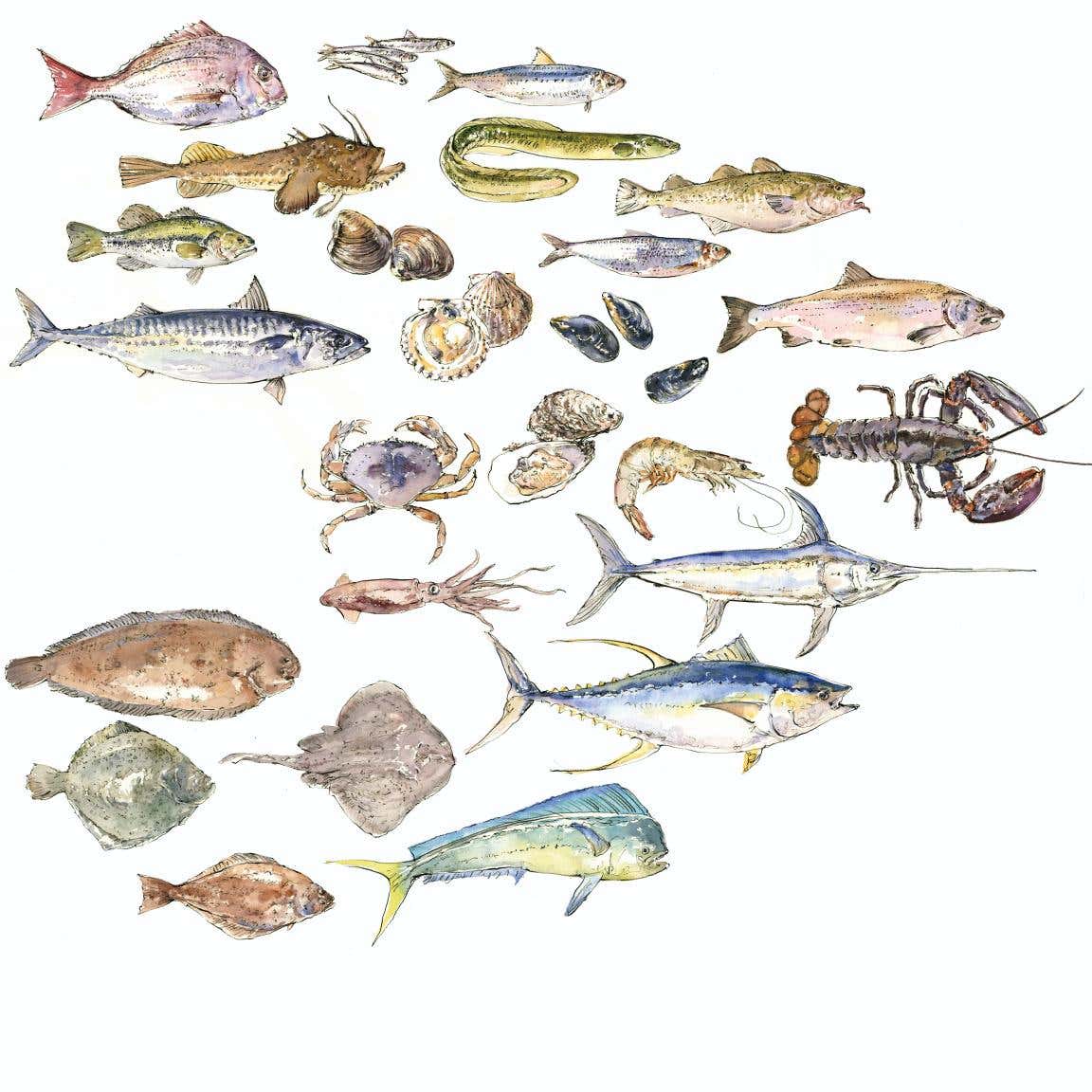
Know Your Seafood
When buying seafood, talk to your fishmonger, says David Pilat, Whole Foods Market's global seafood buyer. Ask when the fish came in, where it's from, how it was caught, and whether it's sustainable. If you can't find it fresh, much fish today is flash-frozen as soon as it's caught, so quality is high. Here's more on specific fish found in our recipes and those common to U.S. markets and restaurants.
Sea Bream
This lean round fish of one to two pounds boasts flaky sweet flesh similar to that of branzino, bass or snapper. It’s great grilled whole. Gilthead sea bream or dorada is sustainably farmed in Nova Scotia.
Herring
These small oily fish spoil easily, so they’re traditionally preserved in vinegar or salt (sometimes with the addition of sour cream), smoked, or canned and labeled as sardines, pilchards, sprats, or silds.
Monkfish
Along with its sumptuous liver (Japanese ankimo), the part of this fish that’s eaten is its tail. Dense and buttery, this “poor man’s lobster” stays firm in braises.
Eel
Though oil-rich eel takes well to smoking, or to glazing and grilling as with Japanese freshwater unagi and seawater anago, the depleted species is not sustainable; mackerel is a great substitute.
Sea Bass
This buttery white fish is tasty steamed or grilled whole or citrus-cured for ceviche. Monterey Aquarium’s Seafood Watch lists many sustainable fisheries for black, striped, and Chilean sea bass, barramundi, and branzino.
Clams
Tender littlenecks (seven to ten a pound) are great raw or in pasta. Cherrystones (five to seven a pound) and razor clams can be sautéed, broiled, baked, or, as with soft-shell clams, steamed. Large quahogs (two to four a pound) soften in chowder, while the siphons of huge geoducks are best cured. There are lots of sustainable options.
Sardines
Though often canned, this oily member of the herring family is remarkably versatile when fresh (see “Forgotten Fish“). Pacific purse seine catches are sustainable.
Cod
Fresh or frozen, flaky cod comes in skinless fillets for poaching, baking, or deep-frying, while preserved salt cod goes into dishes like fried cod fritters. Alaskan and Icelandic catches are sustainable.
Mackerel
Though it’s sold canned like sardines (look for an MSC label), when fresh, this dark-fleshed fish is buttery and unexpectedly delicate in flavor. Try it broiled or roasted.
Scallops
The stars of coquilles St-Jacques, large sea scallops are delectable when seared and sauced. Handpicked diver scallops are best, but most are dredged or farmed. Tiny, sweet bay scallops are great baked or tossed in pasta. Seafood Watch lists sustainable fisheries for them all.
Mussels
Affordable and abundant, these velvety mollusks are infused with flavor when steamed in the shell in white-wine-and-shallot moules marinières or tossed with pasta in a frutti di mare.
Salmon
Wild Pacific salmon, fished from May to September, is firmer and more flavorful than farmed Atlantic salmon. Large fatty Chinook comes in steaks or fillets; smaller types are sometimes available whole.
Crab
Of the many sustainable U.S.-caught varieties, East Coast blue crabs are sold live in summer, while Dungeness are found live in winter and spring. Cooked, pasteurized “lump” (body) meat is available all year.
Oysters
These bivalves develop distinctive flavors from sweet to salty depending on where they’re harvested or farmed. They’re terrific raw on the half shell, as well as roasted, fried, or in stews.
Shrimp
Though shrimp are rarely sold head-on, try asking for the heads; they add umami richness to dishes like frutti di mare. Shrimp shells make excellent stock. U.S.-farmed Oregon pink and Canadian Pacific spot prawns are sustainable.
Lobster
The American lobster boasts magnificent claw and tail meat. It’s most succulent in summer when molting, but soft-shells don’t ship well, so they’re not found far from the Northeast coast.
Sole
Though prized Dover sole is named for a British port, U.S. Pacific varieties of this flatfish are the most sustainable. Mainly sold in markets as skinless fillets, this delicate foil for butter-rich sauces is traditionally filleted tableside at high-end restaurants.
Squid
Mild and chewy, a squid’s body can be stuffed and grilled whole or sliced into rounds and fried or sautéed with its tentacles. Its ink, sometimes sold separately, flavors and tints pasta and risotto. U.S. fisheries are the most sustainable.
Swordfish
Sold in thick, meaty steaks and loin cuts, this massive fish has the oil-rich meat to withstand high heat and strong seasonings. Look for it harpoon and hand line caught.
Turbot
Mainly sold as skinless fillets, this flaky flatfish is richer than sole or flounder. It’s wonderful roasted or crusted and pan-fried. Halibut is a natural substitute.
Skate
With a strong, slightly earthy flavor, kite-shaped skate is sold separated into its two flat, fibrous wings. The meat crisps nicely when pan-fried in butter. Ocean-friendly markets like Whole Foods, however, don’t carry the overfished species.
Tuna
Sustainable varieties—sold fresh as steaks and loins, or processed for canning—include U.S. pole- and troll-caught bigeye, albacore, yellowfin, and skipjack. Coveted for sushi, the fatty, red-fleshed bluefin has been overfished.
Halibut
Fluffy and light, the thick fillets of this largest of flatfish take to all sorts of preparations from poaching to pan-frying in a flavorful crust. Wild-caught U.S. Pacific halibut is the most sustainable.
Keep Reading
Continue to Next Story
